CAGAYAN DE ORO CITY, October 6, 2022 – Gearing toward the Phase 2 implementation of the Special Area for Agricultural Development (SAAD) Program, the Bureau of Fisheries and Aquatic Resources Region 10 (BFAR 10) rolled out plans and targets with provincial fishery officers (PFO) and division heads, on September 22 lining up projects on fingerlings distribution, seaweed development, fishing gears, technology, cages, postharvest equipment, specialized training, and marketing assistance to fishers in the region.
In a two-day conference with the bureau’s focal persons from different provinces, the BFAR 10’s Office of Special Concerns (OSC) presented the physical and financial targets of SAAD’s Phase 2 for the fiscal years 2023 to 2028. The program expansion will benefit 41 priority municipalities from Bukidnon, Lanao del Norte, Camiguin, Misamis Occidental, and Misamis Oriental belonging to the 5th and 6th income class and the top 1/3 with highest poverty incidence rates reported by the Philippine Statistic Authority in 2018 (Small Area Estimates).
“To help alleviate the situation of our marginalized fisherfolk, SAAD Phase 1 has been planned and accomplished by the bureau with all its might. The program’s performance was assessed by experts, resulting in its expansion for another 6 years. Another chance, another set of promises to be fulfilled,” articulated Teodoro A. Bacolod, Jr., BFAR 10 Regional Director.
During the activity, the planning of Phase 2 commenced setting to implement target-beneficiary profiling based on the criteria set, following the aligned activities for the program’s major components, from management, social preparation, food production and livelihood, and marketing assistance and enterprise development.
OSC Officer-In-Charge, Ibrahim Sanggoyod, reiterated the said components of SAAD Phase 1, “Though we have already successfully carried out SAAD Phase 1 to the different target municipalities, we can’t deny that there is more room for improvement. So, we’re here today to share our best practices to lessen or even avoid major hiccups during this brand-new phase,” he said.
SAAD Phase 1 implementation stemmed from the program’s four major components – project management, social preparation, provision of livelihood interventions coupled with the needful training, and marketing assistance and enterprise development. Projects implemented include the cultivation of tilapia, bangus, and seaweed, shellfish gardening, and the provision of fishing boats and gears (fishing paraphernalia and postharvest supplies).
However, with the program’s allocation ending in 2021, the BFAR-10 still supports the Phase 1 beneficiaries, especially in terms of provision of fish fingerlings, technical assistance, market linkages, and agri-aqua fair to help promote their products.
Further, the established Farmers’ Cooperatives and Associations (FCAs) are enrolled in Farm and Fisheries Clustering and Consolidation (F2C2) of the Department of Agriculture to harmonize their operation and production, as well as open opportunities for them to access credit from various financial institutions and avail programs and projects offered by other National Government Agencies (NGAs).
BFAR-SAAD Phase 1
Moreover, issues and concerns encountered during SAAD Phase 1 were specified, discussed, and narrowed down for a more comprehensive strategic plan for SAAD Phase 2, especially in the cooperative formation stage (Table 1).Table 1. Recommendations for the challenges encountered in Phase 1
| Issues and Concerns | Particulars | Recommendations |
| Tenurial Instrument | Hampered implementation of community-based sheds since it is the prerequisite for the procurement of supplies, materials, and labor services | Prepare and/or conduct initial arrangements with the beneficiaries and land owner ahead of time |
| Deed of Donation | ||
| Usufruct Agreement | ||
| Memorandum of Agreement | ||
| Community organizing /Cooperative Formation | Groups should always be regularly monitored | The Program Management Office to closely coordinate and assist the groups towards cooperative formation |
| To ensure its registration to SEC/DOLE and CDA | Submit monthly status of groups | |
| Religious recording of financial transactions and production | Monitor capital build-up/income generation | |
| Reports on production and feedbacks/findings | Less to no reporting on production | Area Coordinators to closely monitor |
| Imposition of sanctions to beneficiaries not reporting their production | ||
| Provision of logbook and guidance | ||
| Discourage partial harvesting | ||
| Access to financial institutions | Landbank Easy Access Loan Programs | Assist in preparation of documents (proposals, financial documents, etc.) |
| Other financial institutions | Link to Landbank for seminars | |
| Consider clustering and coordinated value-chain production | Production of raw materials for value-addition | Adopt Farm and Fisheries Clustering and Consolidation (F2C2) Approach |
| Consolidate produce (e.g. tilanggit/lamayo) to meet the required market volume | ||
| Training of regional and provincial SAAD staff | Staff are not fully capacitated on the conduct of social preparation and project implementation | Recommend training/capacity building activities for regional and provincial staff |
| Series of Technical Training | ||
| Conduct of Social Preparation | ||
| Entry Protocol |
For Phase 1, the program covered 38 municipalities from Bukidnon, Lanao del Norte, and Misamis Occidental.
Camiguin and Misamis Oriental will be added as the new provinces covered for Phase 2 with 11 selected municipalities; while 30 new towns from the existing SAAD areas will also benefit from the program.
The last day of the activity is the presentation of project proposals and project procurement and management plans per province, as well as the moving of agreements and ways forward.
The municipal project proposals undergo technical review by the program management and Technical Working Group (TWG) for aquaculture to ensure compliance with the set guidelines and physical targets.
The provinces also presented their Project Procurement Management Plan (PPMP), reviewed by the technical working group to ensure that project supplies and materials have the correct specifications and quantity and are within their budget allocation. These are also crucial to determine the monthly disbursements of the provinces.
Finally, Dir. Bacolod encouraged all PFOs to always consider the quality of the interventions and projects to be provided to the beneficiaries. “I encourage you to never compromise the quality of our projects as long as they are within our budget. Please, give our fisherfolk the best services they deserve because everything will end up useless if we do not think about durability and sustainability,” he emphasized. ###
Writers:
Ibrahim Sanggoyod, BFAR-10 SAAD Focal Person
Christine Viajante, BFAR 10 Information Officer
Sources:
Mary Joy Tac-an, PFO Bukidnon
Noel Saldajeno, PFO Lanao del Norte
Cirilo Bagcat, PFO Misamis Occidental
Photos: BFAR 10

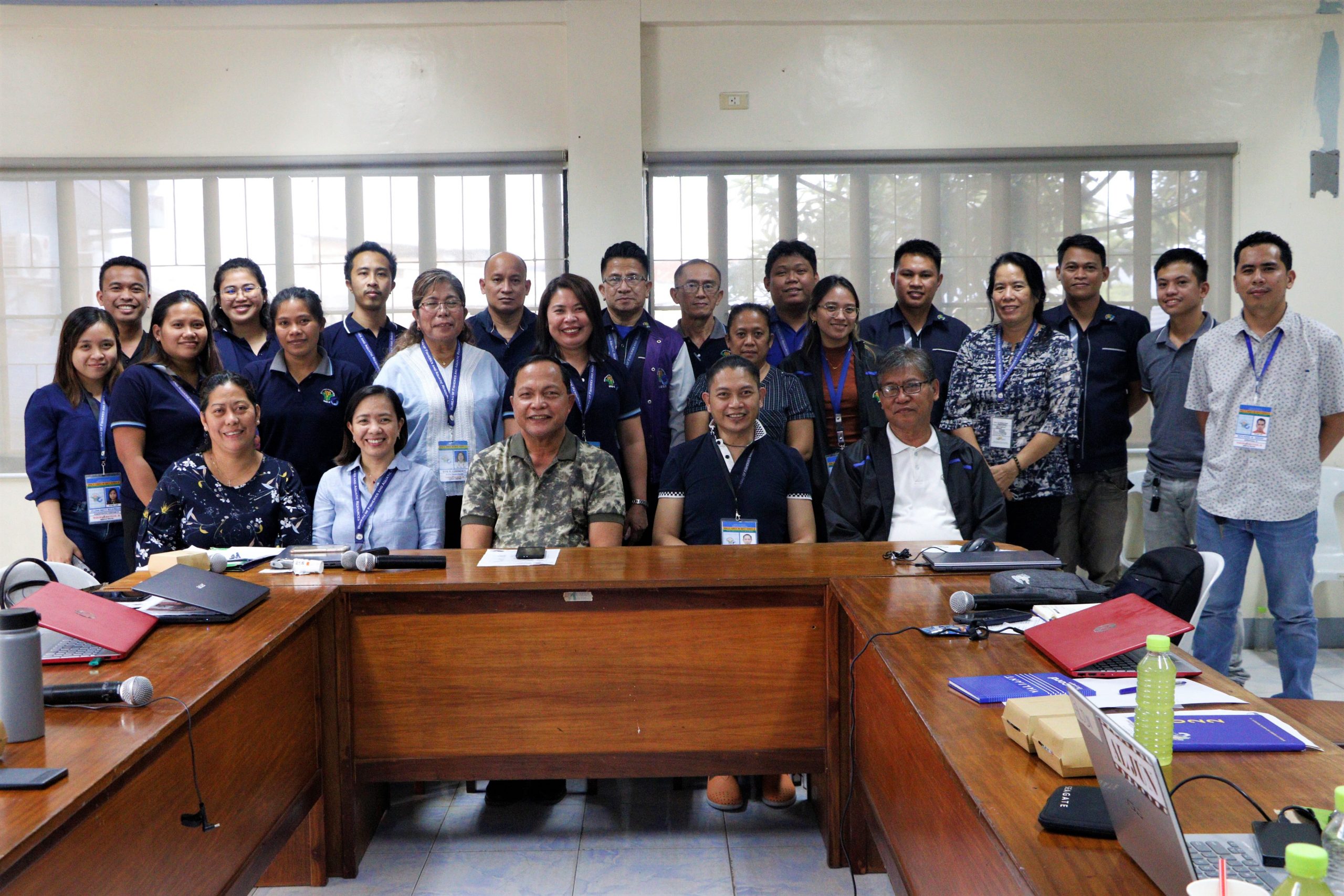
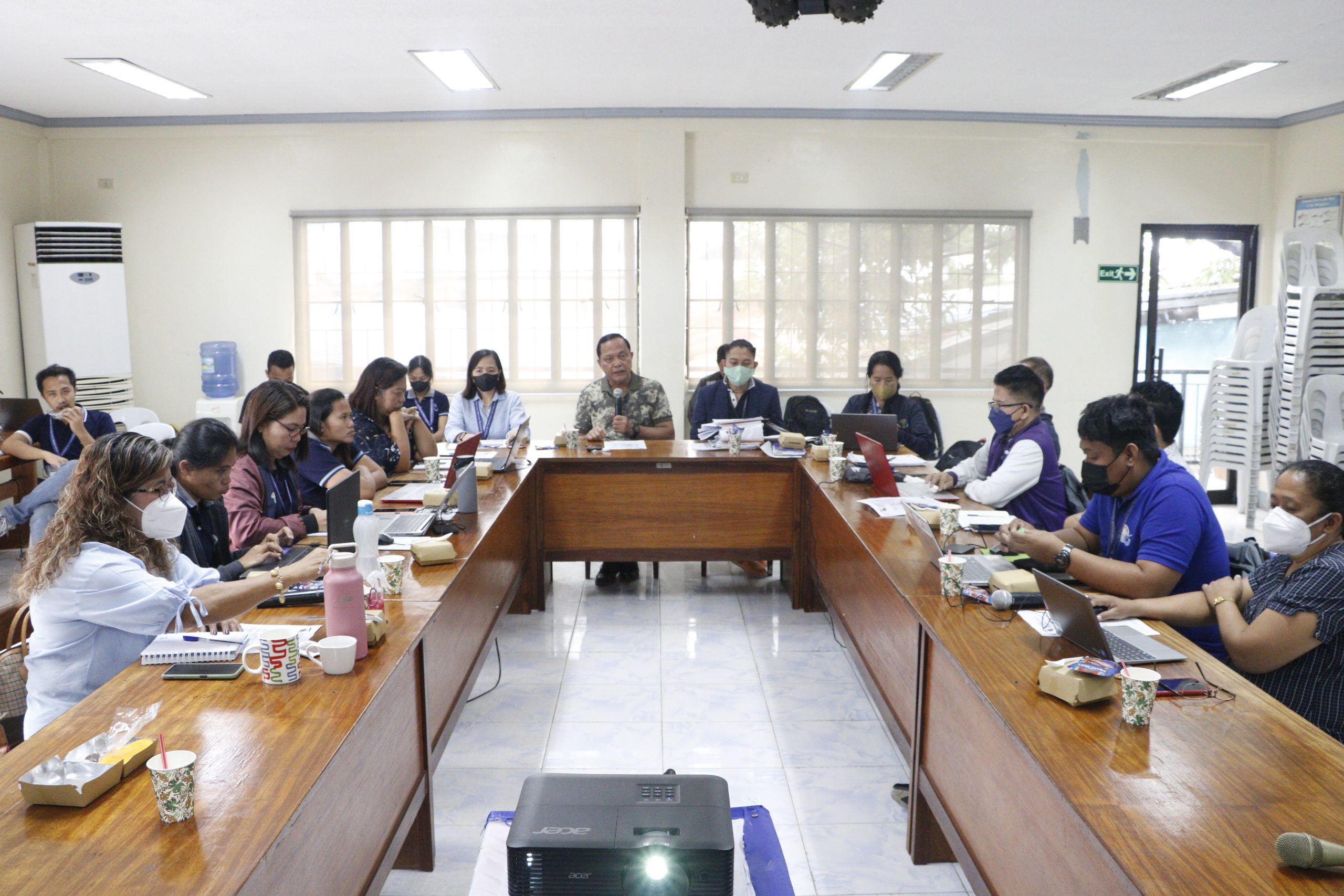
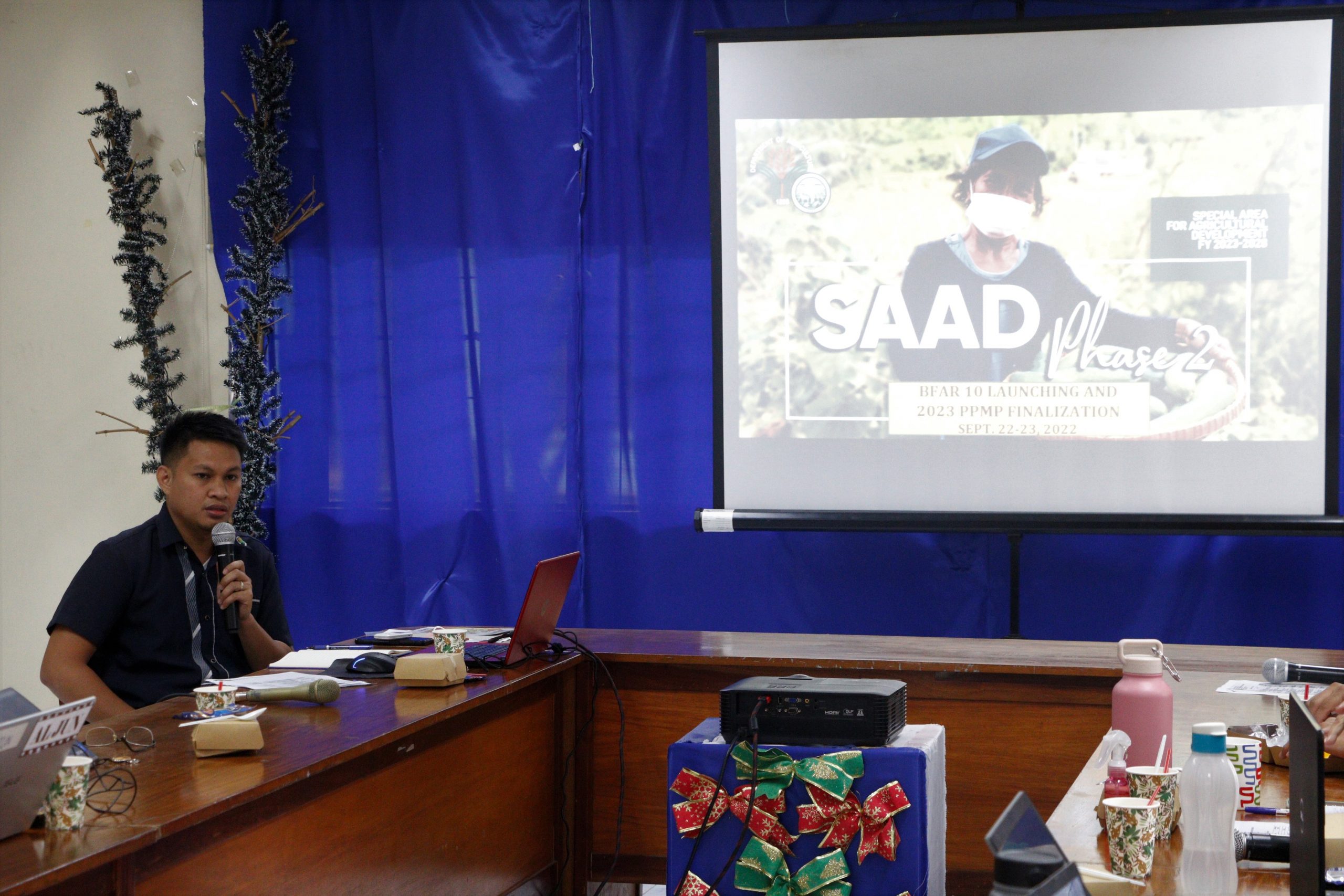
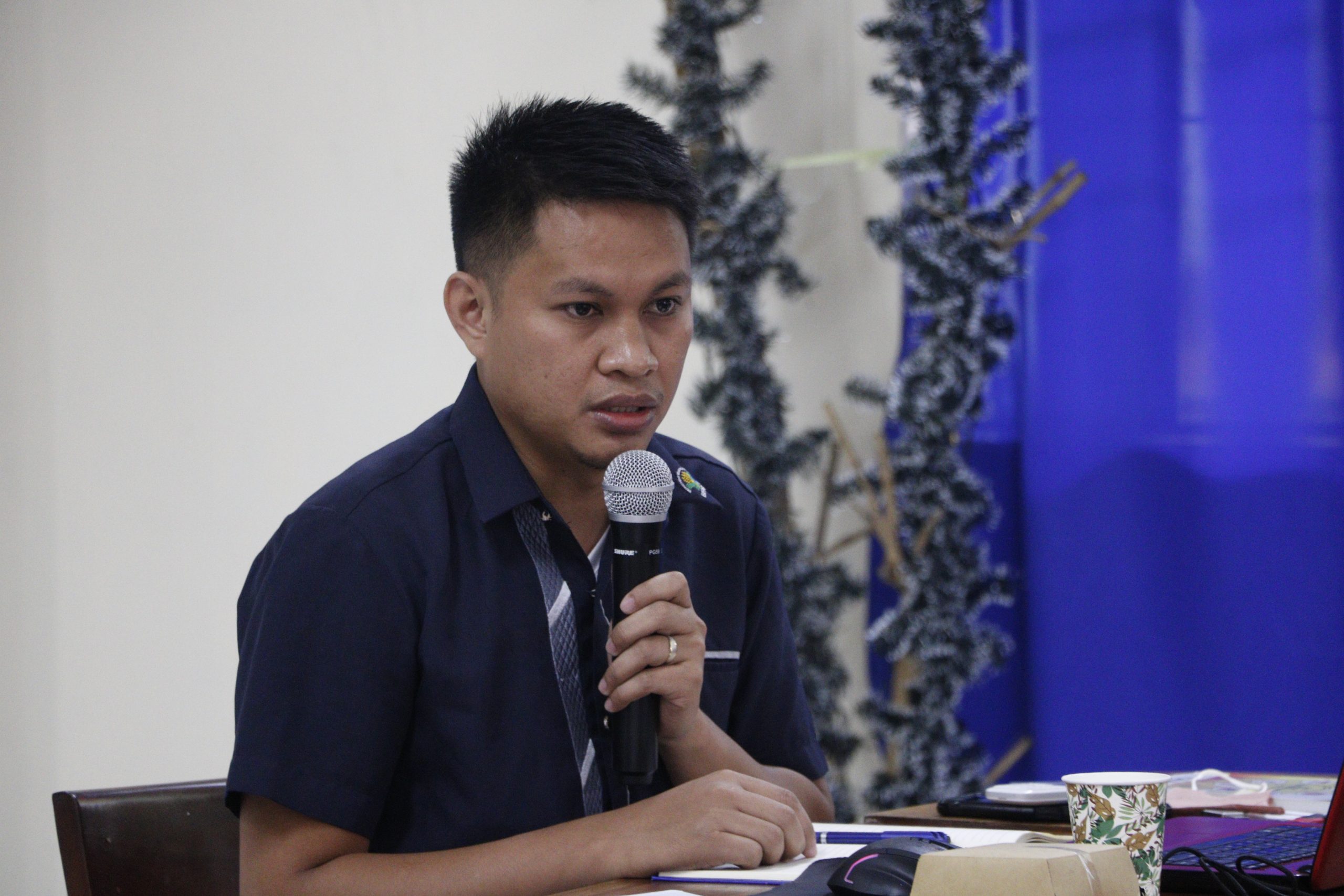
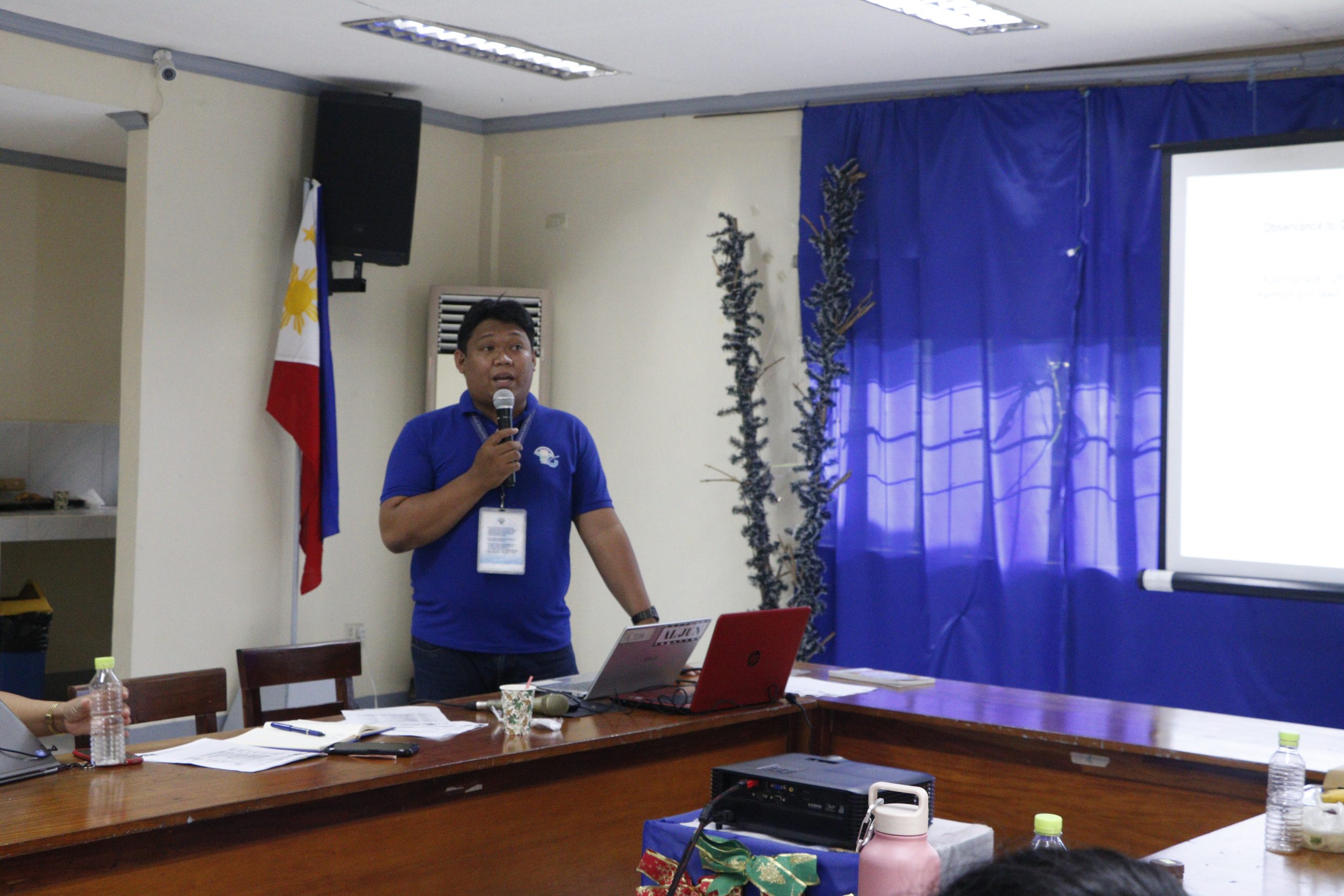
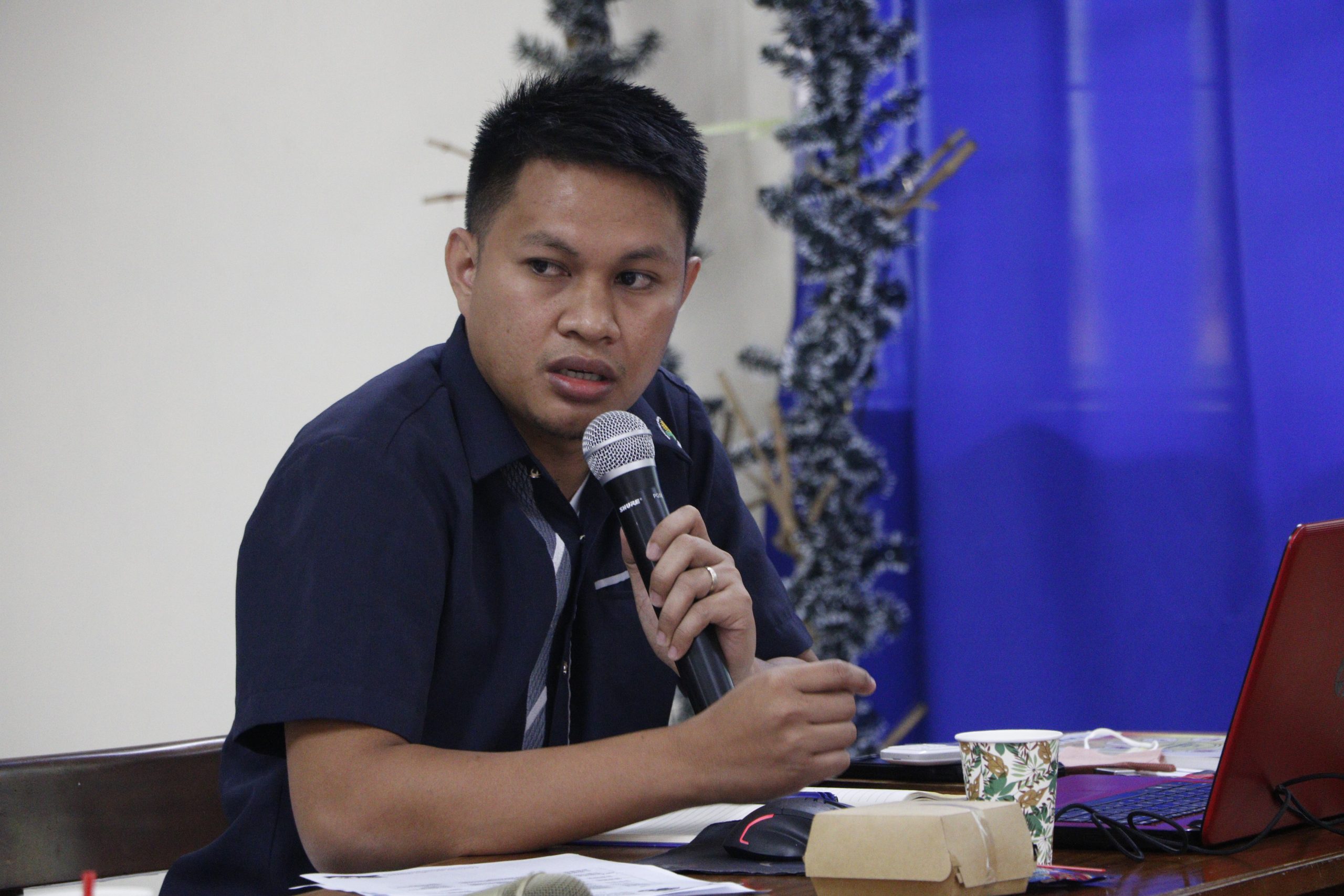
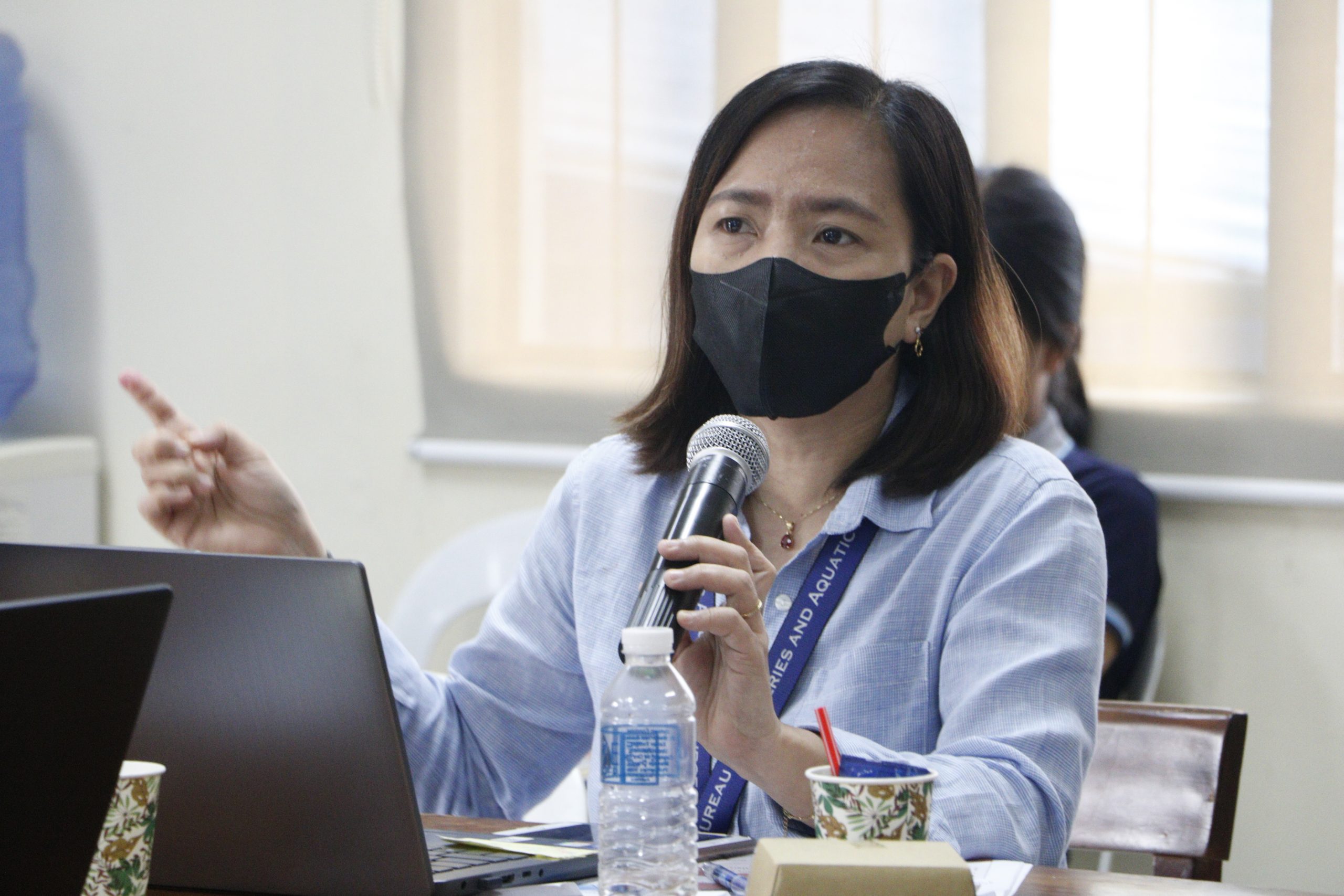
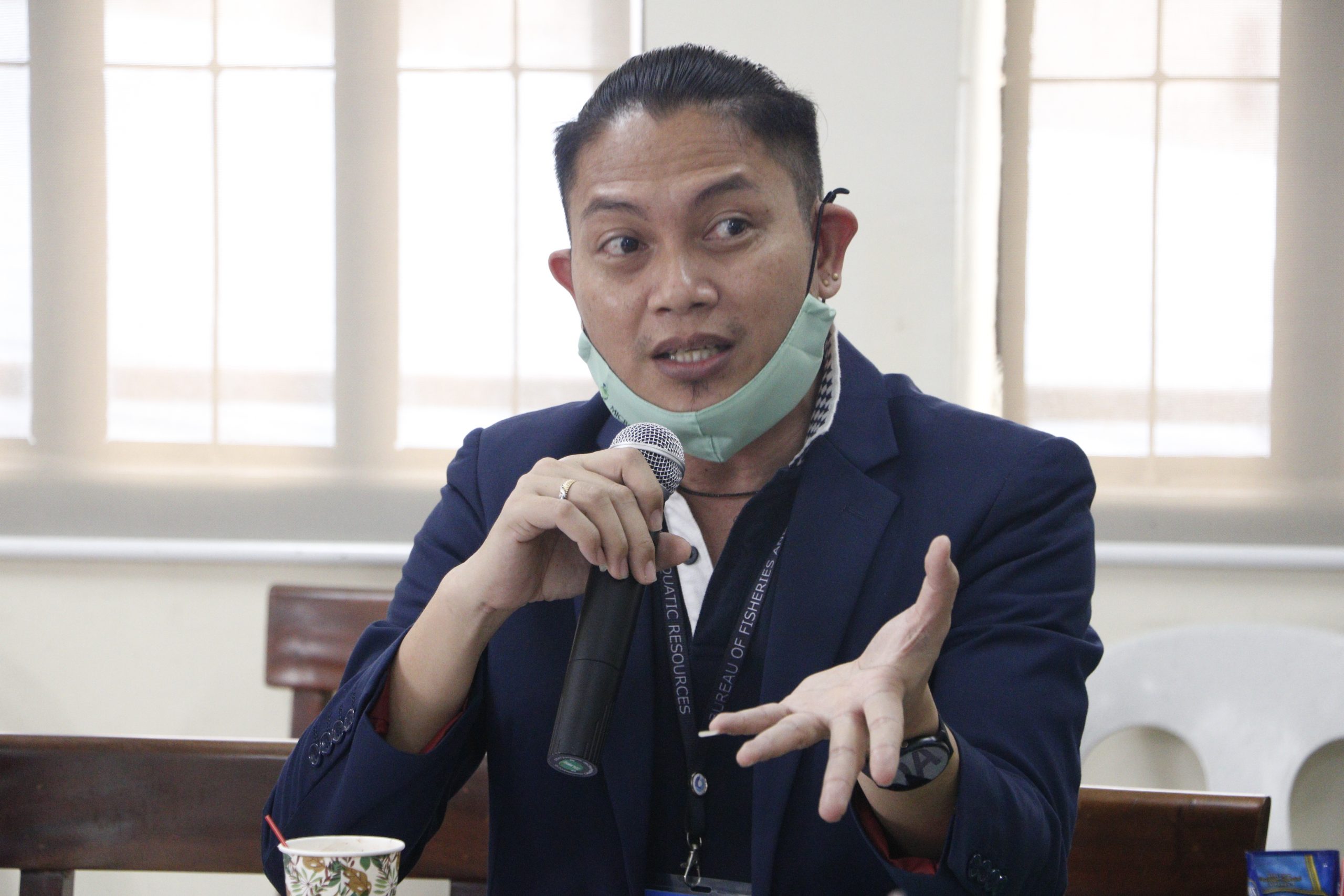
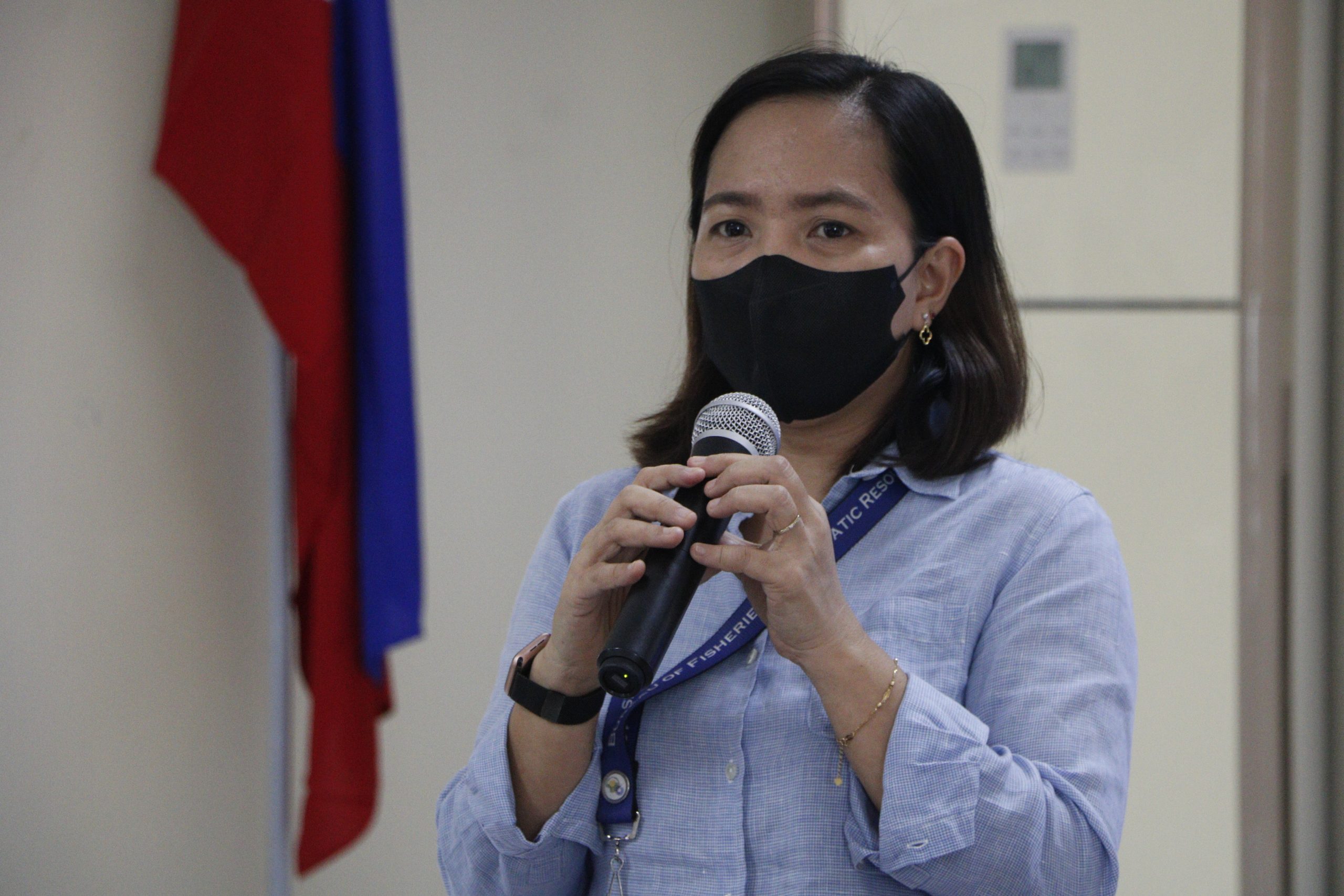
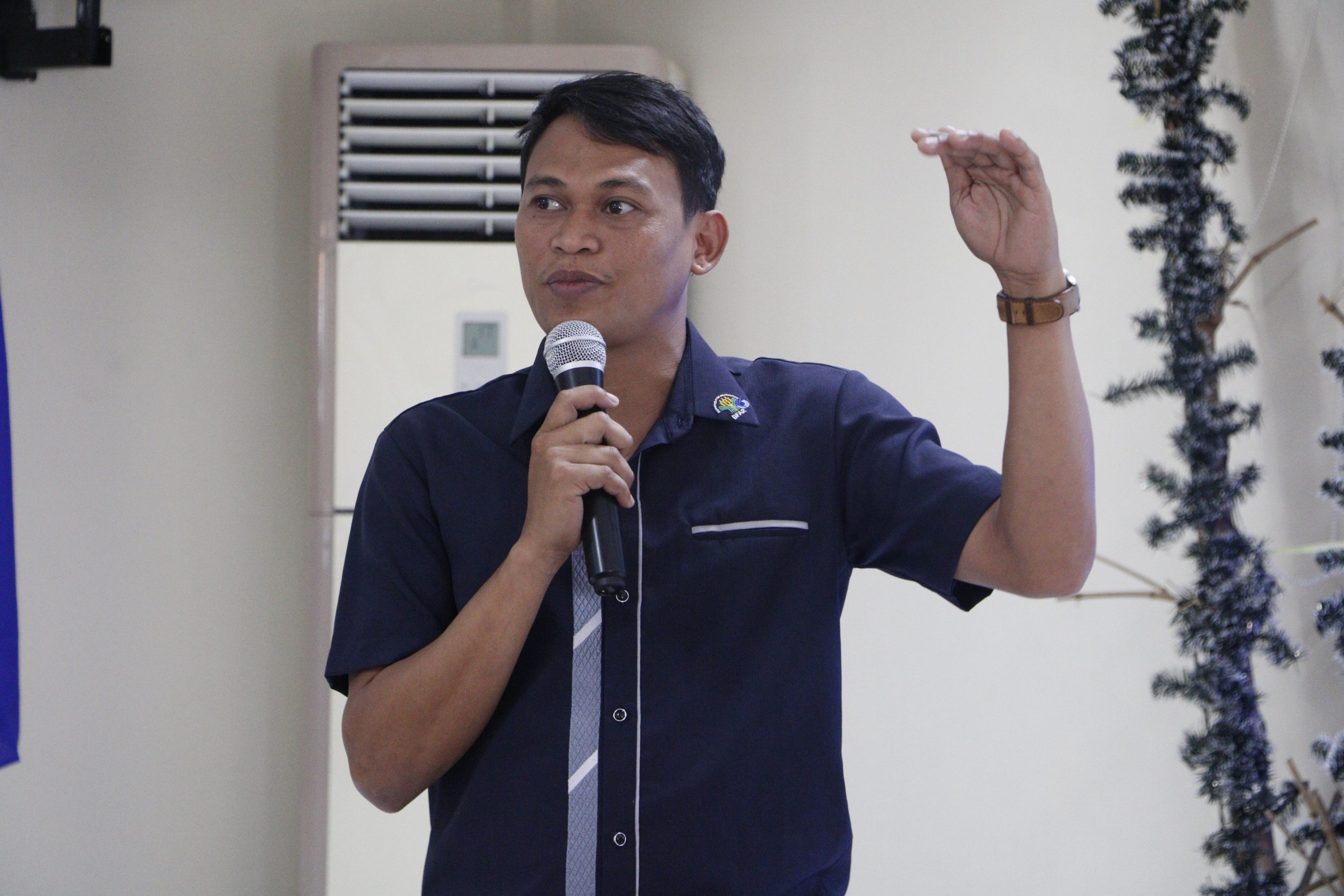
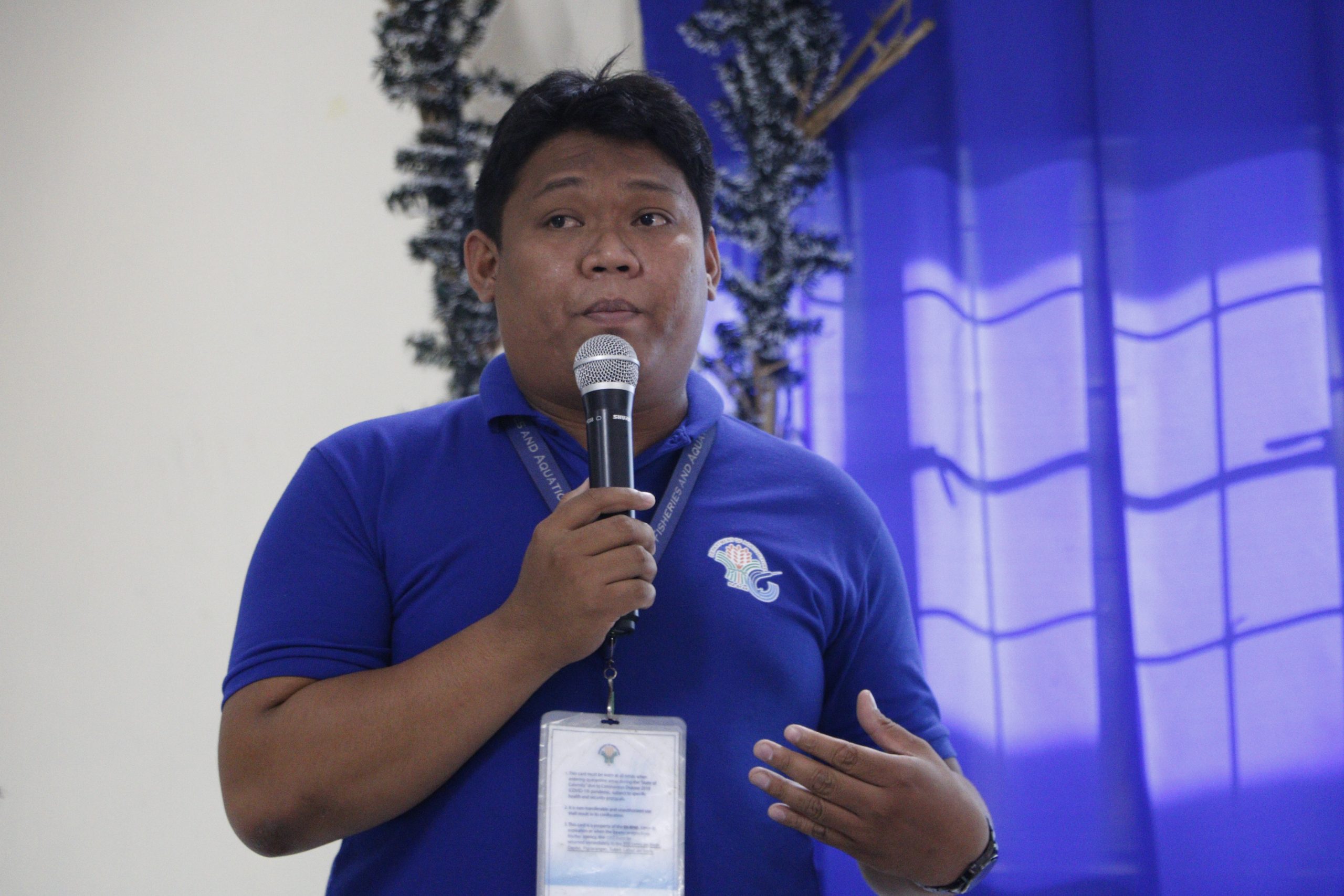
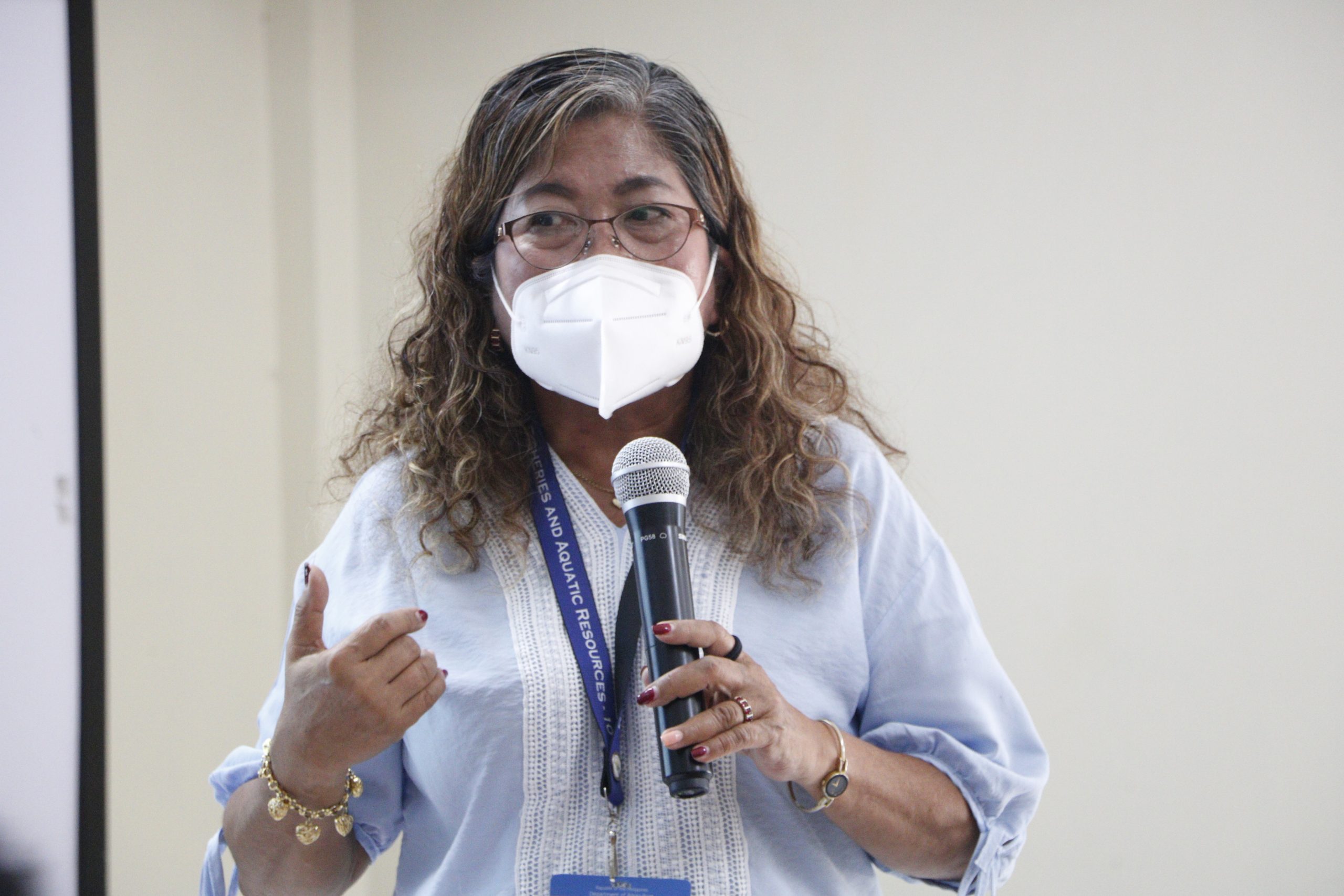
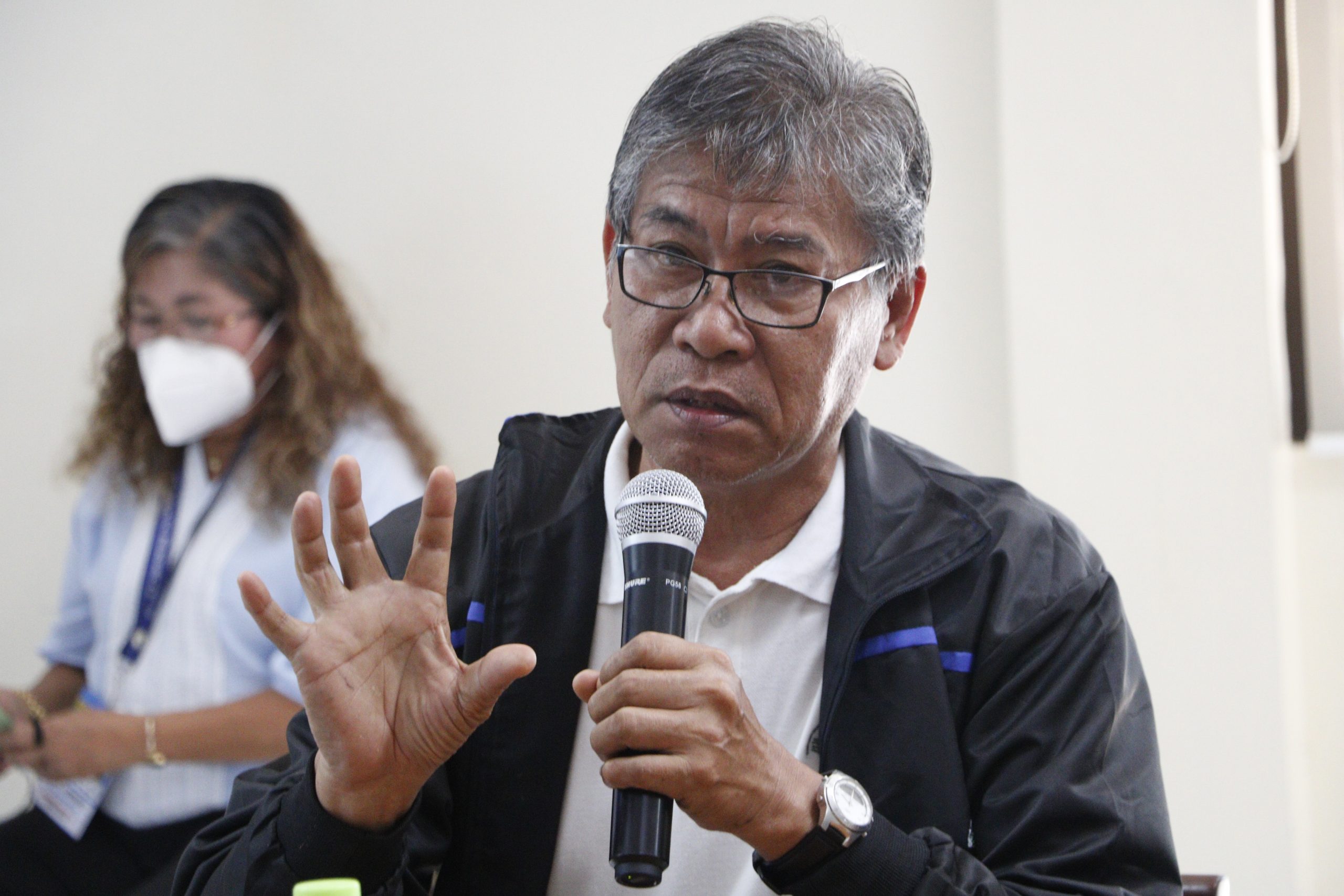
Comments (0)